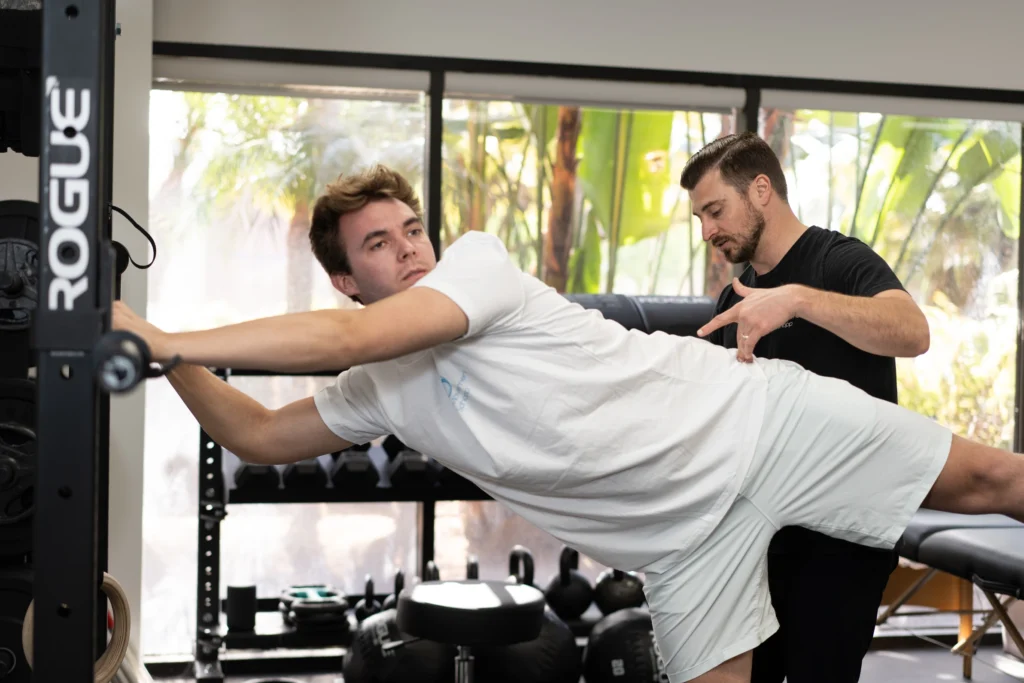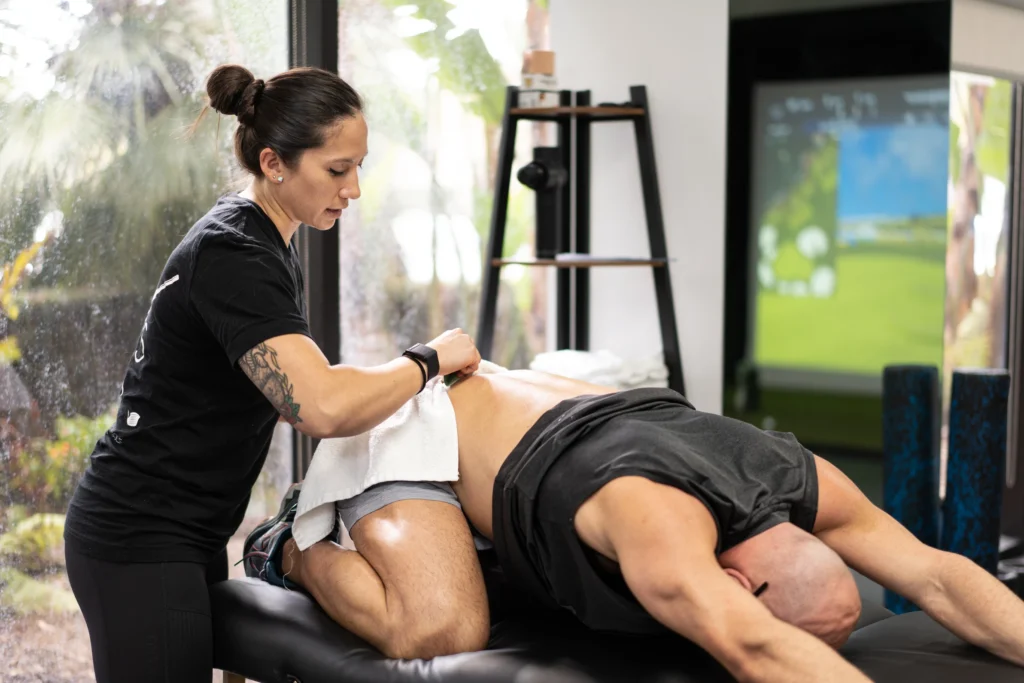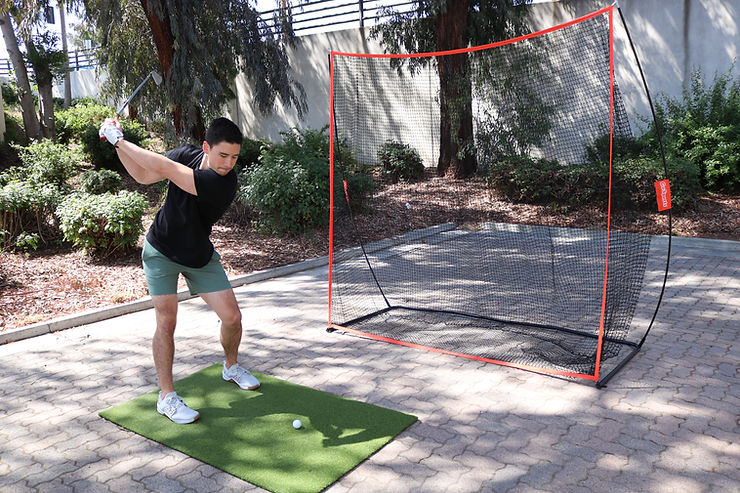What is blood flow restriction training (BFRT)?
BFRT is a brief and intermittent restriction of blood flow implemented by applying a tourniquet to the proximal upper or lower extremity. Don’t worry, there’s a whole lot of science going on here. After the tourniquet is applied to the limb, the user will increase the pressure within the cuff until 100% limb occlusion pressure (LOP) is obtained by using a doppler or built in pressure system for accuracy. This means 100% of the blood flow is obstructed from the limb, but only for a moment. Then, a predetermined percentage of the 100% LOP will be applied during exercise (60-80% for lower extremity and 30-50% for upper extremity). This tourniquet restricts blood flow to muscles and limits blood from returning to the heart. I know what you’re thinking- Why would we want to restrict blood flow to any part of the body at all? This specific type of blood flow restriction results in physiological changes that mimic high-intensity exercises and promote muscle strength and hypertrophy.
What are the benefits of blood flow restriction training (BFRT)?
- Preserves muscle mass and strength during forced inactivity (post-surgery)
- Increases muscle size (hypertrophy) and strength
- Improves bone density and function
- Improves aerobic capacity
- Improves recovery from injury
- Reduces pain and preps the body for high-intensity training
As listed above, one of the greatest benefits of BFR is muscle hypertrophy- the key component in creating muscle mass. The two main factors responsible for hypertrophy are muscle tension (the length of time a muscle stays contracted) and metabolic stress (the stress placed on a muscle from metabolite accumulation). As a muscle undergoes hypertrophy, the protein content in muscle fibers increases as well as muscle fiber diameter. An increase in the cross-sectional area of muscle fibers directly correlates with an increase in strength. We are always in the business of building strength.
Here’s the best part…
BFRT makes it possible for physiological changes to occur with a low load. Load is the force exerted on the body. If you consider weight training, the load would be the amount of resistance or how heavy your dumbbells are. One can still experience the benefit of a high-intensity or heavy-load workout under a low load while using BFR. This also reduces stress on the involved limb. Think of this as a cheat code; less weight, with more benefit! Performing 20-30% of the 1 rep max (RM) and low load aerobic exercise, in combination with BFR has shown to produce consistent muscle adaptations and exaggerated responses maximizing muscle strength and hypertrophy. For example, imagine your 1RM for a back squat is 200 pounds. When training with BFR, you would only need to squat anywhere from 40 to 60 pounds to still achieve consistent physiological adaptation benefits! Compare this with conventional training in which evidence generally shows that training at 60-85% 1RM is most beneficial for obtaining strength gains. Without going into a scientific deep dive, BFRT effectively tricks the brain and body into thinking it is training at high intensity, providing multiple system benefits.
Anyone can use BFR!
Just about anyone can use BFR. We, at The Movement Schopp, commonly use BFR with clients who are casted/braced, pre and post-surgical, bed ridden, elderly and athletic populations. Variability within BFR training regimens are considered based on population, individual goals, and safety precautions.
Here’s the BFR system we use at The Movement Schopp
Is it safe?
BFR has been proven to be safe to use, but only under the supervision of a trained professional well versed in its application and safety measures. There are, of course, contraindications that should be discussed with your medical professional such as history of DVT’s, blood pressure > 180/100, high class arrhythmia, and coronary ischemia amongst other conditions. Frequency and duration of treatments should always be discussed with your medical professional prior to incorporating BFR into your rehabilitation and/or regular training regimen.
It’s efficient, it’s safe and it yields results! If you’re interested in learning more about BFR or wondering if it’s an appropriate treatment for you, contact us at The Movement Schopp.
References:
Slyzz, J., Stultz, J. & Burr, J.F. (2016). The efficacy of blood flow restricted exercise: A systematic review & meta-analysis. J Sci Med Sport, 19(8), 669-675
Howley, E., & Thompson, D. (2017). Fitness professional’s handbook (7th ed.). Champaign, IL. Human Kinetics.
Le Cara, E., Novo, M., Rolnick, N., Ascanio, Y. (2018). Smart Cuffs Blood Flow Restriction Level 1.




